6:30 Mixer & Sandwiches
7:00 General Meeting:
1. Club Info & Updates:
- Site info Updates:
- Repack Clinic Planning
- WX Station Updates
- Chart Symbol update
2. Topics
- Spring is here! - Time to shift times to fly based on pilot experience.
- Palmdale Incident Review - What we know - Big Day forecast, Time of day and time of year (Spring is here) to experience level would be the leading factors.
- Pilot Progression - How to progress your flying for a long flight career -
- Radio Etiquette - how, when and where: https://www.sdhgpa.com/minutes-news--articles/radio-etiquette
- Open topic Q&A: Thermalling & other?
Spring is here homework: The latest (free) podcast from Cloudbase Mayhem (episode 194) has great advice & input about spring flying, gear, & skills that even advanced pilots (Russ Ogden & Nick Greece) try to follow to keep safe and have fun!
https://www.cloudbasemayhem.com/episode-194-the-spring-tune-up-with-nick-greece-and-russ-ogden/


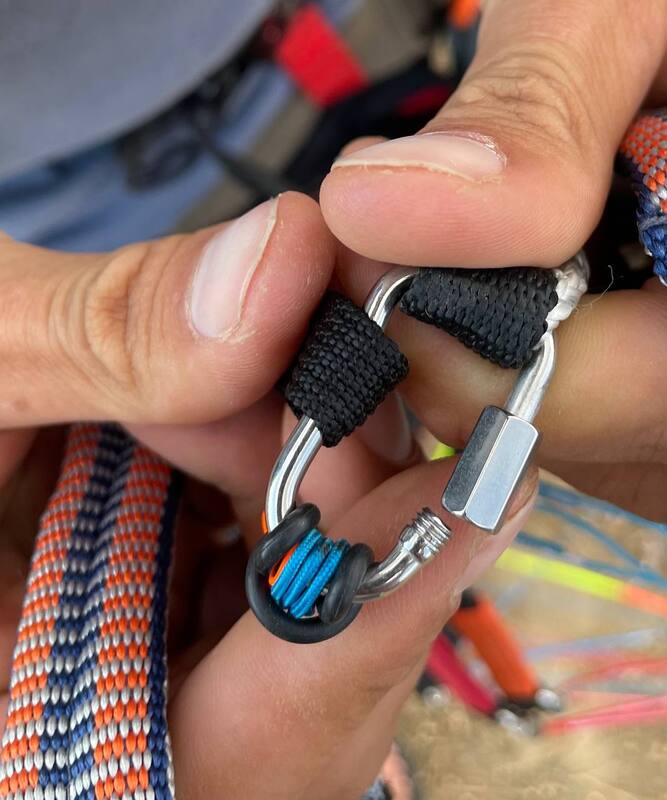
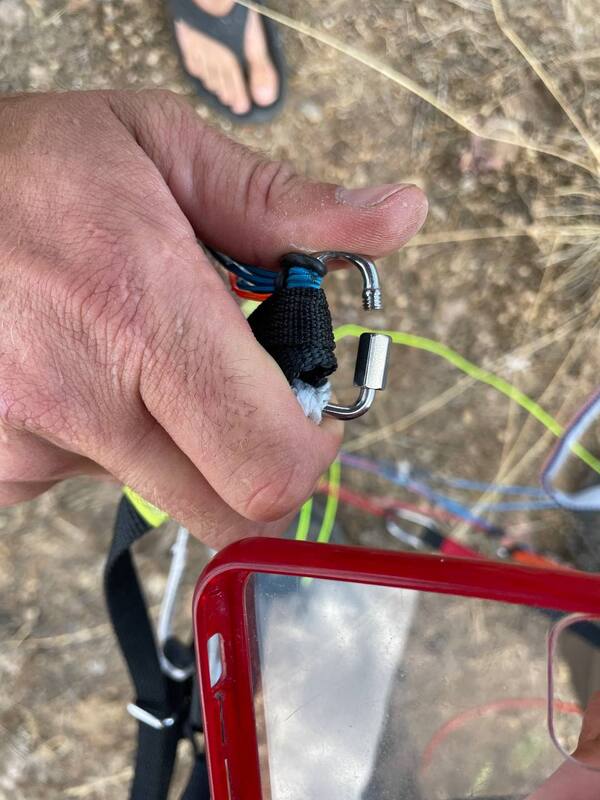

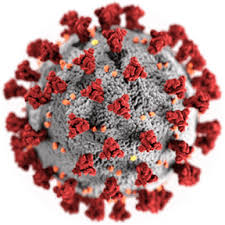

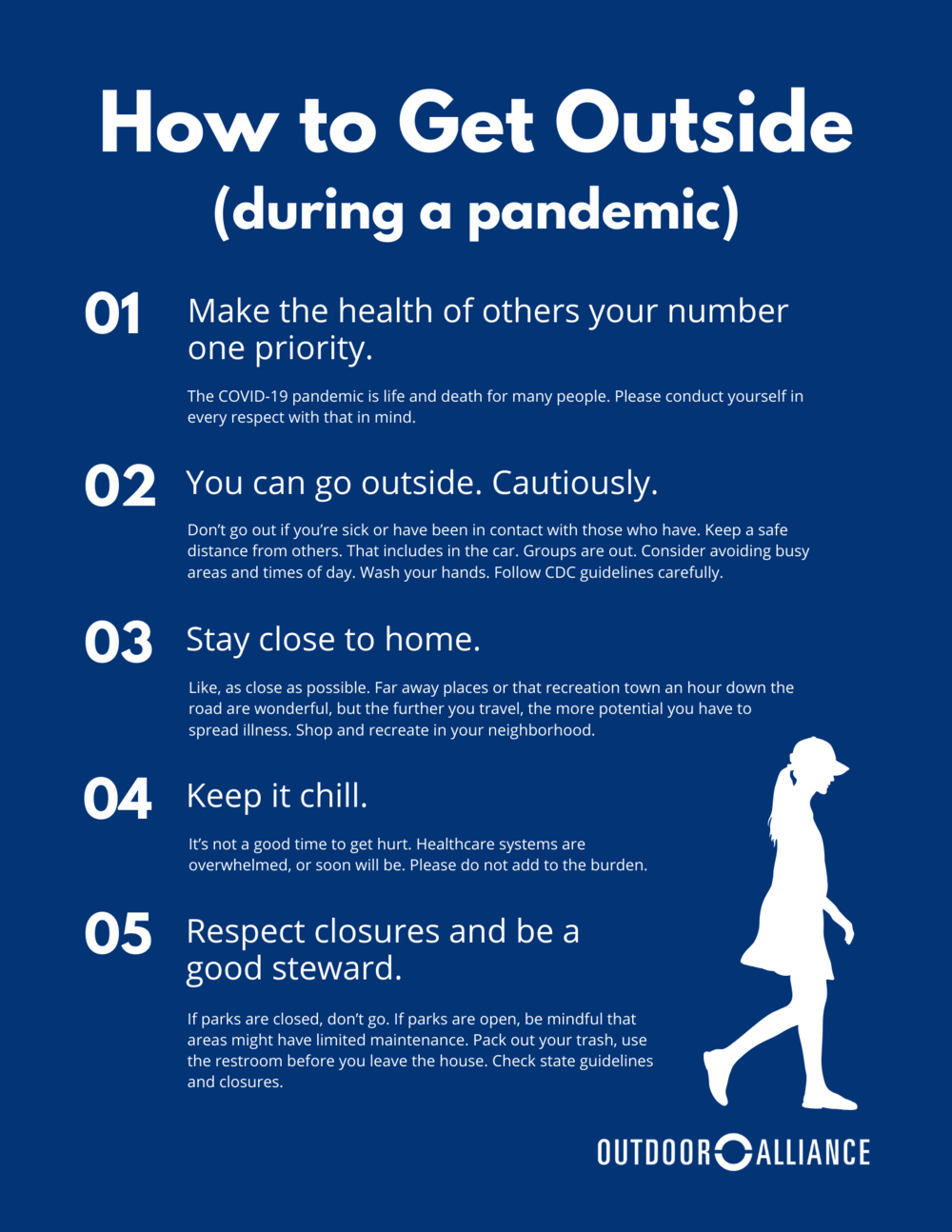

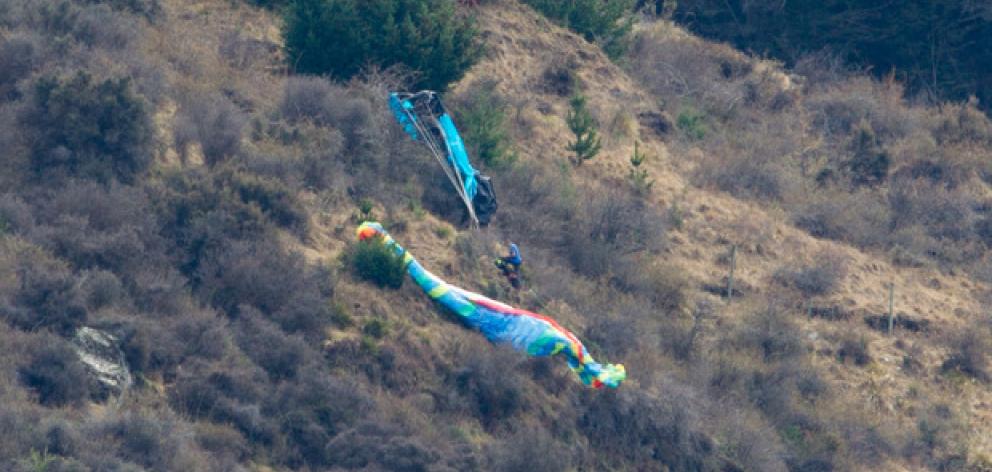

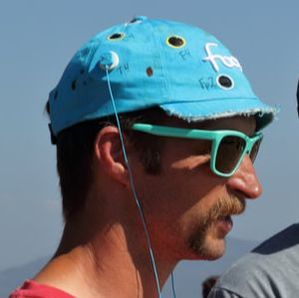
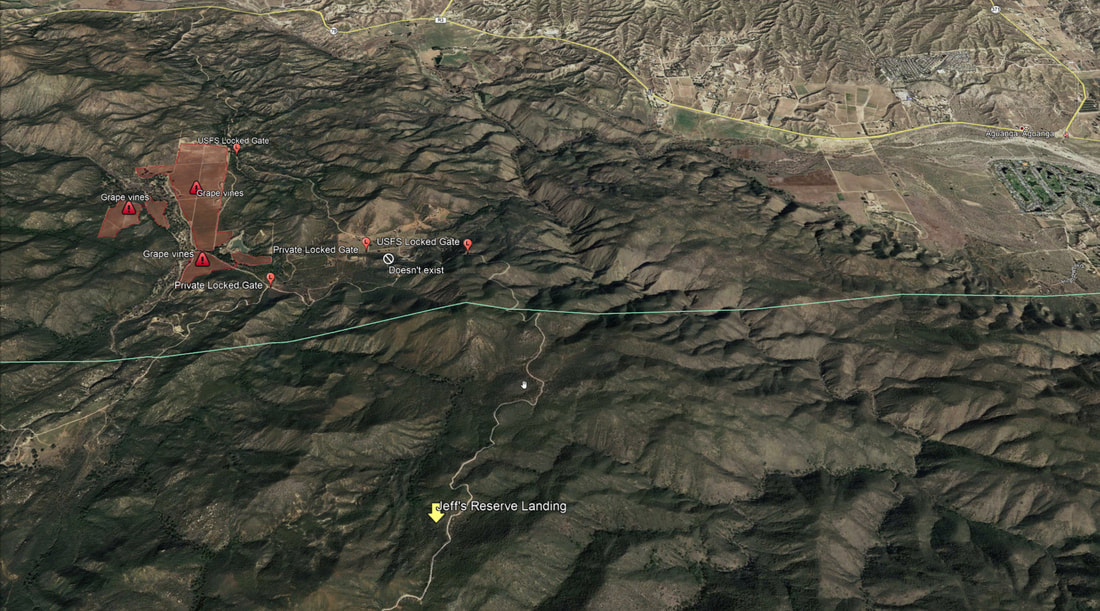
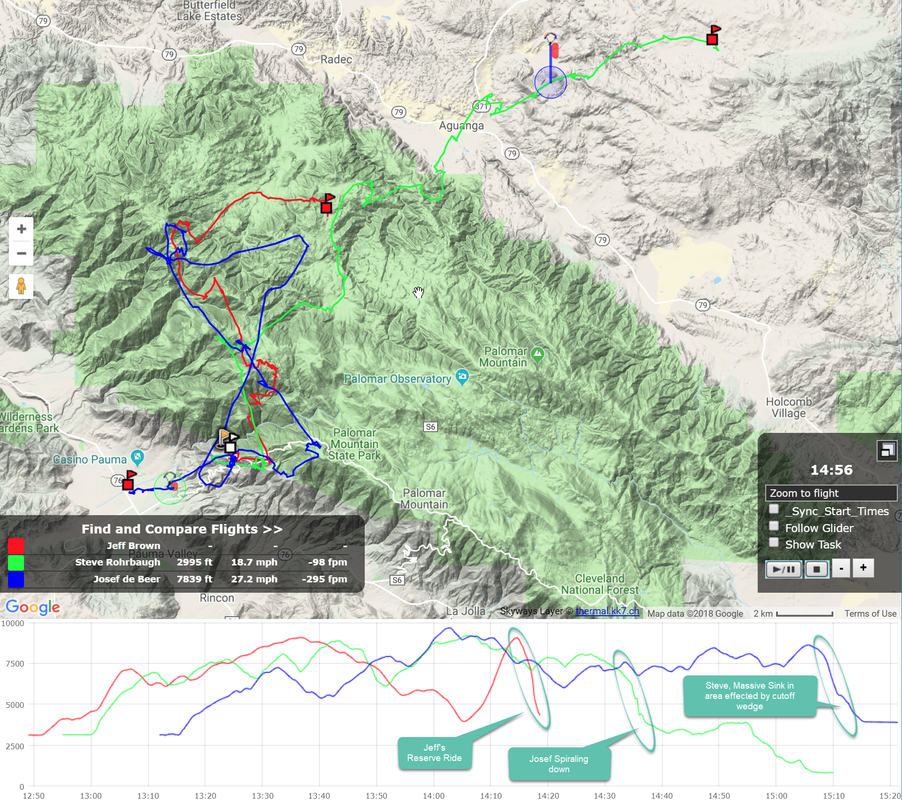
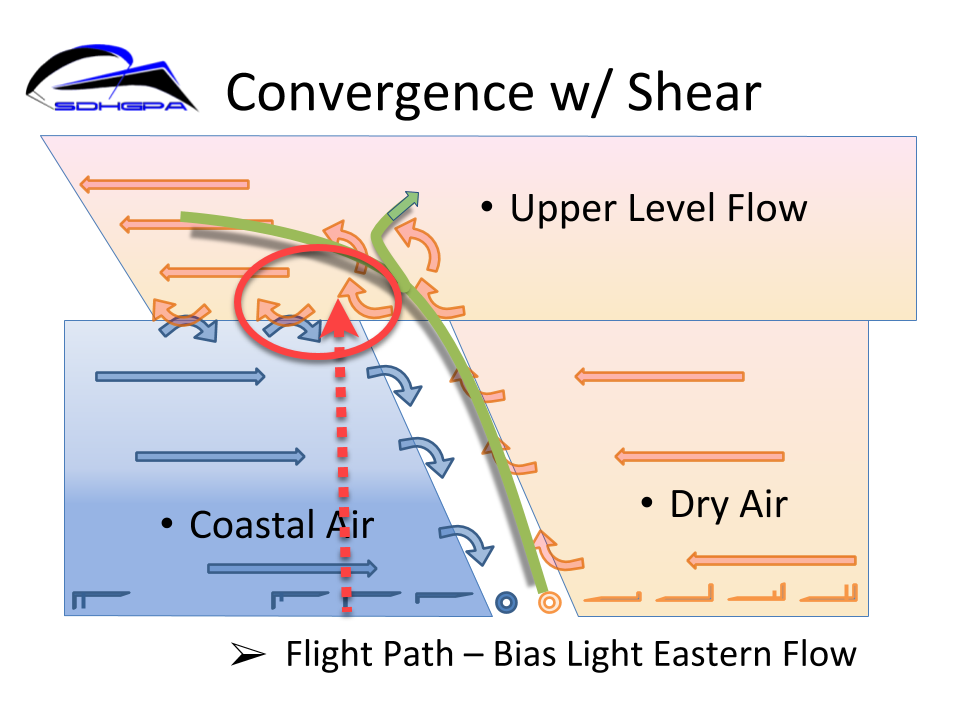
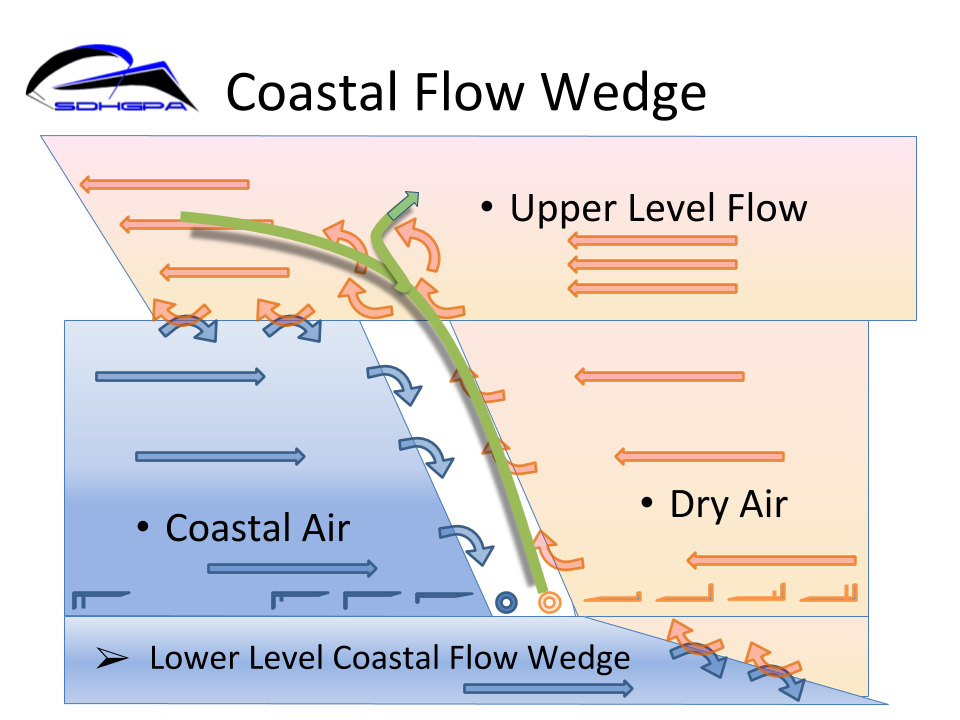
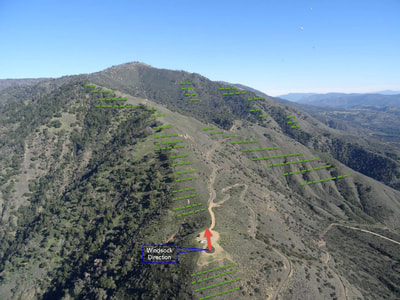
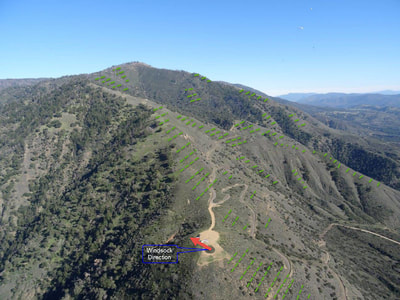
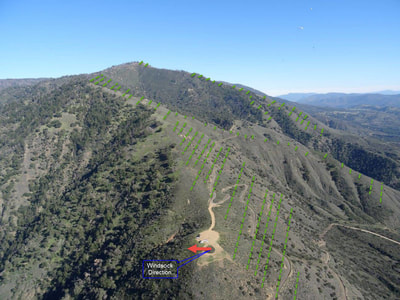
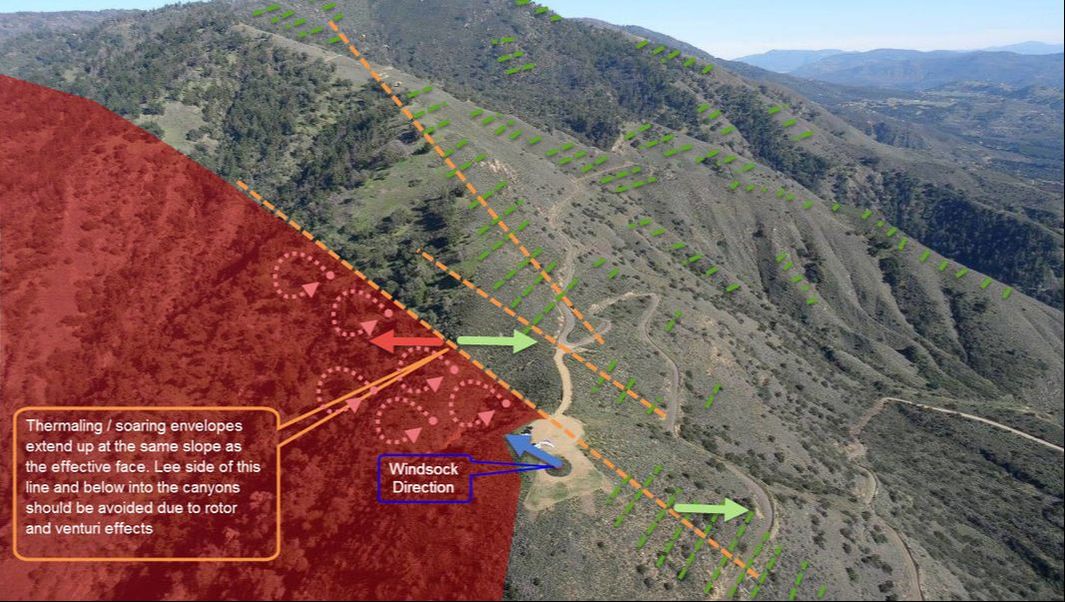
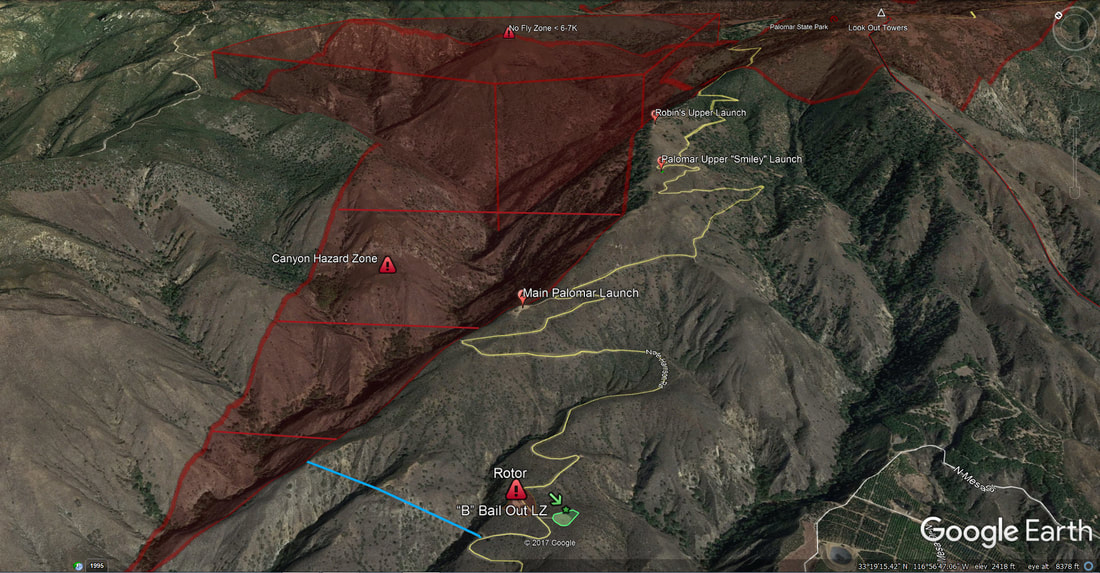

 RSS Feed
RSS Feed

